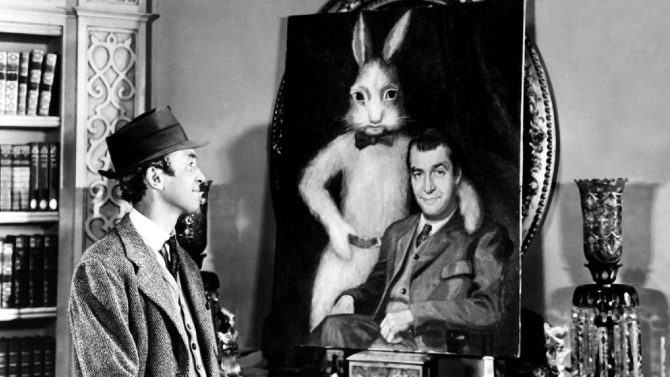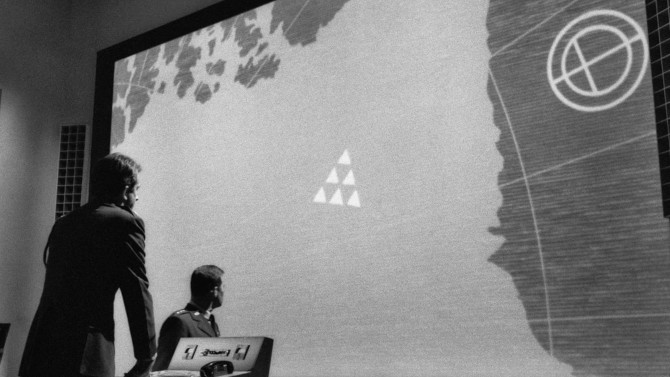
Safety First
Like a severe and utterly serious version of Stanley Kubrick’s 1964 satirical dark comedy Dr. Strangelove or: How I Learned to Stop Worrying and Love the Bomb, you would think that Fail Safe would have been the original release in theatres that was then later spoofed, yet that is not the case. Released approximately six months later in the same year, as you might imagine, it led to very poor returns at the box office – dare I say it (as the film deals with this subject matter)... it was a bomb! Despite that, over time, it has become a bonafide classic. Based upon Eugene Burdick’s 1962 novel of the same name and directed by Sidney Lumet (Dog Day Afternoon), he introduces us to our main players by way of little vignettes.
-
Star Pick with Elijah Wood
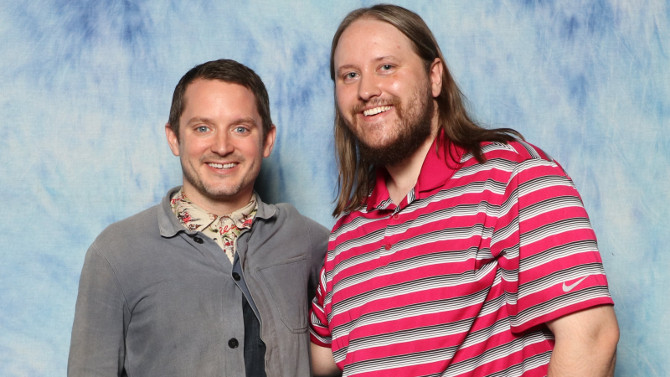 A Rabbit and a Gent Walk Into a Bar…HarveyJuly 9, 2019
A Rabbit and a Gent Walk Into a Bar…HarveyJuly 9, 2019How else can you start talking about Elijah Wood than referencing The Lord of the Rings – arguably one of, if not the best trilogy ever produced. Playing the lead character Frodo, he is the seminal everyman, or should I say everyhobbit, a down to Middle-Earth, caring individual with a larger than life spirit who takes on the task of transporting the most vile weapon of all-time, the one ring, into the heart of darkness to destroy evil for once and all. It is a performance of pathos, gravitas, and exquisite depth. Yet, one cannot forget Wood’s illustrious career. . . starting as a child actor, he graced the silver screen in pictures like Back to the Future Part II (a small part and his first film role), Avalon, The Good Son, only to further bolster his credits as a teenager with Flipper, The Ice Storm, and Deep Impact. Following the release of the above mentioned trilogy (2001-2003), Wood followed it up with solid turns in critically acclaimed features such as Eternal Sunshine of the Spotless Mind, Sin City, Paris, je t’aime, as well as voicing characters in the animated movies Happy Feet and 9. It must not be forgotten that he reprises his role as Frodo Baggins in the Rings prequel, The Hobbit: An Unexpected Journey.
-
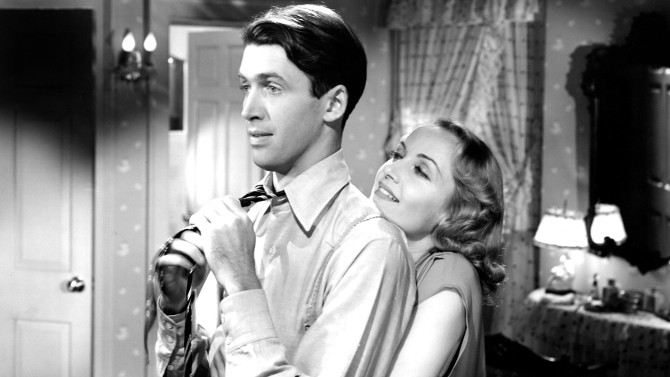
Just the Two of Us (& a Mother-In-Law)
Made for Each OtherJune 28, 2019And they say things move pretty fast in the 21st century. . . in 1939's Made for Each Other, directed by John Cromwell, the protagonist couple marry after one short day of courtship – and they weren’t even in Las Vegas (instead, Boston). A bizarre script structure, this David O. Selznick production takes an almost vignette-style look at marriage (the opening credits actually feature the couple signing the marriage certificate – a nice touch) – with no foreshadowing or traditional setup in the first two acts, like in life, things just arise out of nowhere. . . yet, despite this unusual format, there is still enough to catch your interest.
-
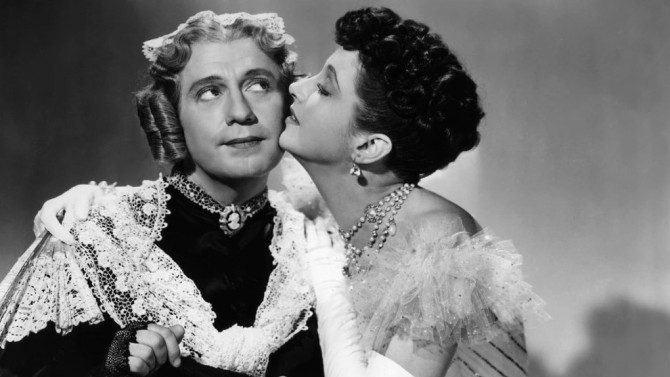
The Bachelorette
Charley's AuntMay 15, 2019Before Kinky Boots, Mrs. Doubtfire, and Tootsie, even before Some Like It Hot, there was the original cross-dressing comedy, 1941's Charley’s Aunt (directed by Archie Mayo). Based upon the famed stage play by Brandon Thomas, this was actually the third filmed version of the farce – and they say Hollywood is remake happy today! No better place to set such a premise than at the stuffiest of Universities, Oxford, the madcap premise is only further exaggerated by its time – 1890's Victorian England.
-
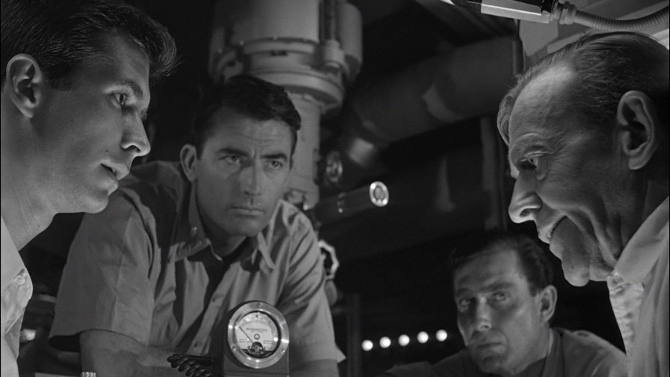
Life’s a Beach
On the BeachApril 24, 2019There was something uniquely different about the Cold War. . .the intangible nature of a symbolic wall separating West from East, having no troops on the ground, no bombs being dropped, simply an ever-growing nuclear arms race – unnerving in how one twitchy finger could change the world in an instant. A fear no less frightening, for the unknown is often far worse. A cautionary ‘what if’ tale, Stanley Kramer’s On the Beach (1959) finds the world having been mostly destroyed by a nuclear war, with only Australia having thus far evaded the ravaging power of radiation in the air. With the rest of the world silent, those remaining attempt to live their lives Down Under. But is doom impending? Estimates claim that extinction levels of radiation will reach the island in less than six months. Fascinating in its depiction, some do their duty (a butler-like waiter at the poshest of conservative private clubs continuing with his job; the assistant to one of the top military men constantly remaining by his side), while others cling to hope. . . some simply drink (a funny scene finds two elitists lamenting that the club overstocked on Port – and that it will go to waste).
-
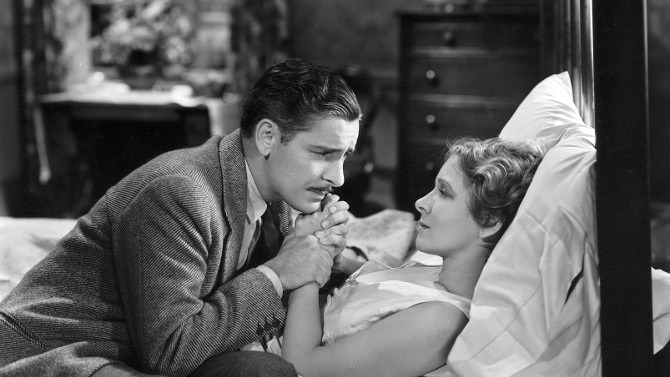
Not the Same Old Song and Dance
ArrowsmithApril 17, 2019An early talkie from iconic director John Ford (Stagecoach; The Quiet Man; The Searchers), 1931's Arrowsmith is no western (despite arrow being in the title), rather, it takes a sweeping look at the life of Dr. Martin Arrowsmith (Ronald Colman – in a Clark Gable-like performance), from an opening scene in his childhood to his work as a researcher in New York – where he develops a vaccine that he administers during a plague. Earning four Academy Award nominations, namely Best Picture, Writing-Adapted, Cinematography, and Art Direction, the filmmaker’s skill is immediately evident – especially impressive as this is an early talkie – where most directors struggled to bring the style from the silent era forward due to new challenges (overly sensitive microphones, stagnant camera work used to show the characters as they speak, etc. . .).
-
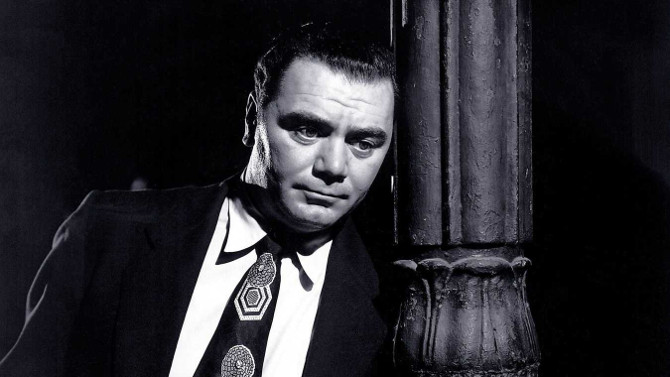
Ernest Falls in Love
MartyApril 9, 2019Taking the world by storm, 1955's Marty, a simple, heartfelt, honest, and poignant story of one man’s Saturday night (and the following Sunday), won both the Palme D’Or at the Cannes Film Festival (the first year the award was named thusly) and Best Picture at the Academy Awards – the first, and to date, only motion picture to win both coveted prizes (though Billy Wilder’s 1946 film noir The Lost Weekend also won the two top prizes, though at that time, the Cannes Award was known as the Grand Prix du Festival International du Film). It was also a major box office sensation. Following thirty-four year old butcher Marty Piletti (Ernest Borgnine – acting since 1951, he had his first big break in 1953's From Here to Eternity), he is an everyman – a warm, caring, short man who is a little heavy round the middle. . . in his mid thirties, he is the last in his large Italian-American family to remain unmarried.

